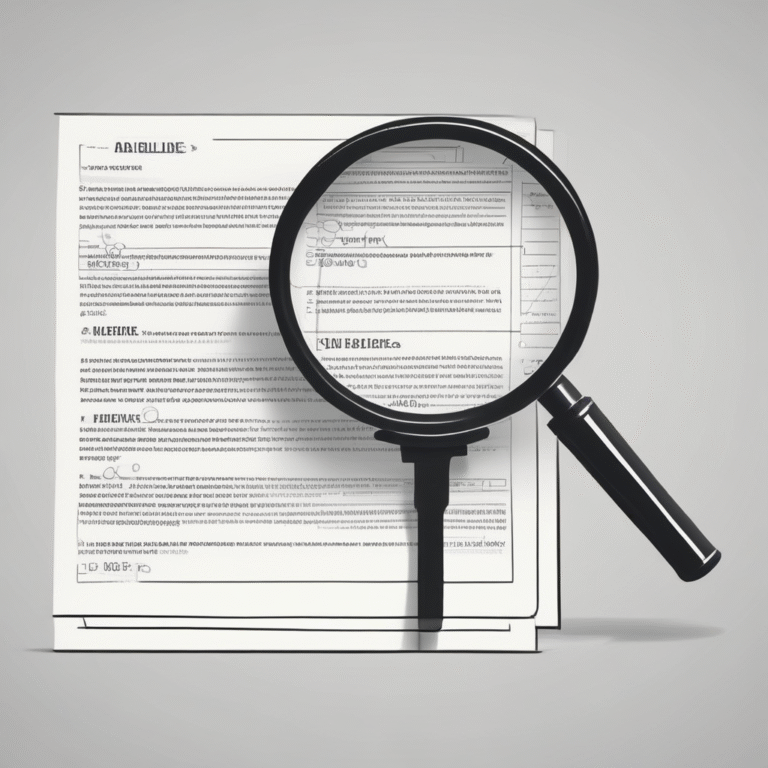DeepSeek: A Problem or an Opportunity for Europe?
The emergence of DeepSeek has sparked discussions regarding its implications for the European Union, particularly in the context of AI regulation and competitiveness. This document aims to dissect the nuanced landscape surrounding DeepSeek, evaluating both its potential challenges and opportunities for European companies and regulators.
Understanding the AI Act
Recent communications from European Parliament and European Council sources indicate that the intention behind the AI Act was to establish a framework wherein fine-tuning an AI model would not immediately invoke regulatory obligations. Specifically, the regulatory framework for General Purpose AI (GPAI) models is designed to apply primarily to the upstream model—the foundational model that serves as the basis for various applications in the AI value chain.
In the case of fine-tuning, the AI Act stipulates that only “value-chain” provisions are triggered. For instance, if a law firm utilizes GPT-4 and fine-tunes it using extensive legal datasets, the firm is only required to update the existing documentation to reflect the fine-tuning process and the datasets employed.
Key Steps in Compliance
Step 1: Evaluating Fine-Tuning
If the AI Office determines that the process of distillation constitutes fine-tuning, DeepSeek could follow the same compliance measures as the law firm example. The information released by DeepSeek may already align with these measures, assuming OpenAI’s claims are accurate.
Conversely, if the combination of distillation and additional refining techniques is deemed sophisticated enough to create a new model, the AI Act’s provisions for GPAI models will apply starting from August 2, 2025. Models introduced before this date must comply with regulatory obligations by August 2, 2027.
Step 2: Designation of R1
EU regulators will need to decide if R1 can be classified as a GPAI model with systemic risk. Given that R1’s computational capacity falls below the EU AI Act’s threshold of 10^25 FLOPs, regulators may opt to impose only baseline provisions, such as technical documentation and copyright compliance. However, if R1 is designated as a model with systemic risk, it will be subject to stricter requirements, including comprehensive risk assessments and cybersecurity measures.
Scenarios for DeepSeek
The AI Office faces the critical task of balancing regulatory oversight with the need to stimulate the European AI ecosystem. The following scenarios explore potential outcomes for DeepSeek:
Scenario 1: R1 as Fine-Tuning
If R1 is classified merely as fine-tuning, European companies could rapidly develop competitive models with minimal regulatory burden. This could foster a surge in startups capable of challenging major players like OpenAI and Meta, who would be subject to stringent GPAI obligations. However, this scenario raises concerns about the adequacy of existing data protection measures, as GDPR would remain the primary safeguard for EU citizens.
Such a regulatory landscape may favor EU companies, which are generally better equipped to navigate local privacy laws, thereby enhancing their competitive edge.
Scenario 2: R1 as a GPAI Model
If R1 is deemed a GPAI model, it will face the full weight of the AI Act’s obligations. While this may restrict some innovative potential, it ensures that transparency and copyright laws are upheld. Furthermore, if R1 is categorized as a model with systemic risk, the replication of similar models could lead to a proliferation of GPAI models within Europe.
This scenario may ultimately benefit U.S. firms, allowing them to remain competitive while also participating in the formulation of regulatory guidelines.
Conclusion
The introduction of R1 presents both challenges and opportunities for the European AI landscape. The extent to which the AI Act will regulate DeepSeek is still uncertain, yet it raises significant questions about privacy, safety, and security.
Designating R1 as a GPAI model with systemic risk could ensure that similar models adhere to AI Act requirements, fostering a responsible and competitive AI ecosystem in Europe. The efficiencies demonstrated by R1 may empower European AI companies to not only meet but exceed the capabilities of existing models, potentially leading to a more secure and trusted market.










